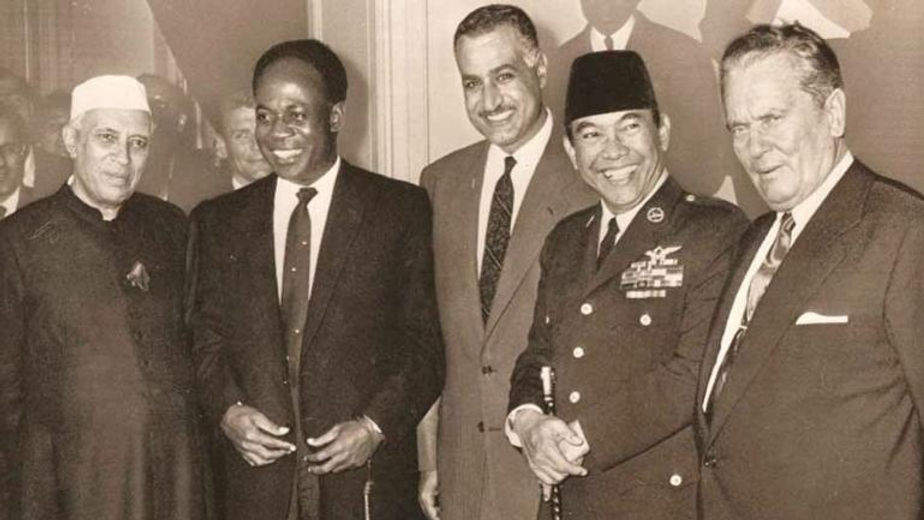
Non-Aligned Movement
Since its establishment in 1961, the Non-Aligned Movement has played a critical role as a driving force of peace, multilateralism, and international solidarity. It has served as a neutral medium for resolving global pressing challenges by promoting dialogue and cooperation.
Non-Aligned Movement
The Non-Aligned Movement emerged during the Cold War as a collective of nations that deliberately avoided aligning themselves with either the United States or the Soviet Union. Its primary objective was to maintain independence and neutrality, aiming to forge a distinct international path that prevented member states from being manipulated by the major global powers. With 120 member countries, the Non-Aligned Movement stands as the largest assembly of states globally, following the United Nations, and represents a forum where nations gather without formal affiliations or opposition to any major power bloc.

The Formation of NAM
The concept of the NAM originated during the Bandung Conference in 1955, advocating that developing nations should avoid aligning themselves with major powers. Instead, they emphasized the importance of unity among these countries in opposing all forms of colonialism and imperialism. Subsequently, a preparatory meeting in Cairo established the movement's policy and membership criteria, emphasizing peaceful coexistence, mutual support among states, and non-membership in military alliances.Following this, the first Non-Aligned Movement Summit took place in Belgrade, Yugoslavia, in September 1961, under the leadership of founding fathers of NAM.

The Founding Fathers of NAM
The founding fathers of the NAM, who also serve as the pioneers of the movement, played crucial roles in its establishment. Under their leadership, the first NAM Summit took place. These distinguished individuals are Josip Broz Tito from Yugoslavia, Gamal Abdel Nasser from Egypt, Shri Jawaharlal Nehru from India, Kwame Nkrumah from Ghana, and Sukarno from Indonesia.




